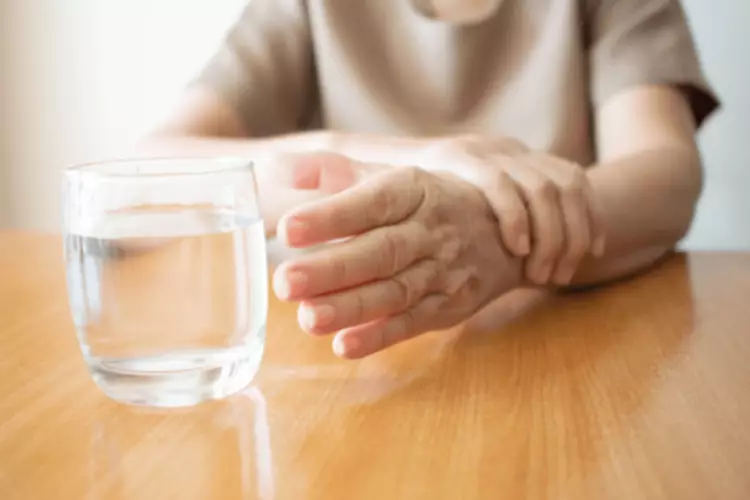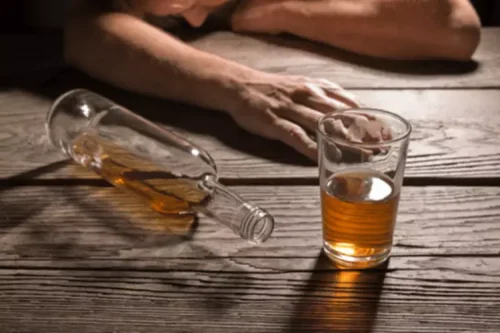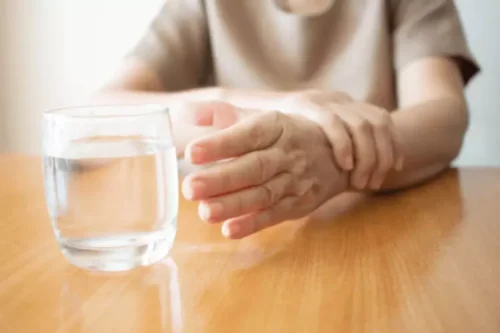
Therapy for those in recovery and their family is often essential for healing those wounds. Craving is an overwhelming desire to seek a substance, and cravings focus all one’s attention on that goal, shoving aside all reasoning ability. Perhaps the most important thing to know about cravings is that they do not last forever. It is also necessary to know that they are not a sign of failure; they are inevitable. But their lifespan can be measured in minutes—10 or 15—and that enables people to summon ways to resist them or ride them out.

A conversation about triggers
Typically, those recovering from addiction https://ecosoberhouse.com/article/how-long-is-drug-rehab/ are filled with feelings of guilt and shame, two powerful negative emotions. Guilt reflects feelings of responsibility or remorse for actions that negatively affect others; shame reflects deeply painful feelings of self-unworthiness, arising from the belief that one is inherently flawed in some way. As a result, those recovering from addiction can be harsh inner critics of themselves and believe they do not deserve to be healthy or happy. Whether or not emotional pain causes addition, every person who has ever experienced an addiction, as well as every friend and family member, knows that addiction creates a great deal of emotional pain.
Addiction Relapse Prevention
Relapse prevention (RP) is a strategy for reducing the likelihood and severity of relapse following the cessation or reduction of problematic behaviours4. A relapse prevention plan must be customized to the individual and their specific needs, preferences, and surrounding resources and support system. Breathalyzers have the advantage of being quick and inexpensive to administer. However, at this time, breathalyzers are only able to detect alcohol, so they may not provide deterrence against relapse on other substances unless combined with random urine drug screens. Smartphone technology has resulted in remote breathalyzer programs in which an individual can provide a sample into a Bluetooth-connected breathalyzer while the mobile phone takes a picture to confirm their identity.

The Power of Cognitive Behavioral Therapy

Planning for relapse prevention must be part of any rehabilitation strategy. Otherwise, you will be in a constant cycle of abuse and pain – one that can harm both you and your family. We can help you to get clean and relapse prevention sober and then help you to stay that way. There were several differences between TAU and the active treatment groups, including therapist training and assignment of homework. However, RP and MBRP interventions were matched on time, structure, and therapist training, differing only in the intervention delivered, thus offering a rigorous test of MBRP. Another limitation is the self-report measures of main treatment outcomes and the limited urinalysis data, although research has shown76,77 that self-reported substance use and urinalysis documentation are often not significantly different.
- Positive coping skills include attending support groups, exercising, journaling, and eating healthy foods to minimize intense cravings.
- Motivation may relate to the relapse process in two distinct ways, the motivation for positive behaviour change and the motivation to engage in the problematic behaviour.
- Relapse is highly prevalent following substance abuse treatments, highlighting the need for improved aftercare interventions.
- To play the tape through, you must play out what will happen in your mind until the very end.
- No one should assume the information provided on Addiction Resource as authoritative and should always defer to the advice and care provided by a medical doctor.
- It involves going through the process from start to finish and noting all the changes that would occur if you give into the temptation.
Remember to include the names of the supportive people and contact information, such as family, friends, or a sponsor. Schedule weekly or bi-weekly calls or meetings with supportive people to stay accountable and gain encouragement. If our guilt is intense, in the absence of a plan, we likely will relapse until our next effort to change. RP has also been used in eating disorders in combination with other interventions such as CBT and problem-solving skills4. The dynamic model of relapse takes many of the RREP criticisms into account.
Instead, a relapse signifies that additional and/or a different form of treatment is necessary. Understanding relapse, triggers, and treatment are important steps toward relapse prevention. They can help identify and treat any underlying issues that could increase your risk of relapse. They also provide counseling services to teach healthier coping strategies for stress and negative emotions. Whatever life setback you might face today or in the future, taking a drink or using a drug will not help resolve the difficulty and in the vast majority of cases, it will make a bad situation much worse. Instead, cut the cord that connects drinking and using with pain relief.



